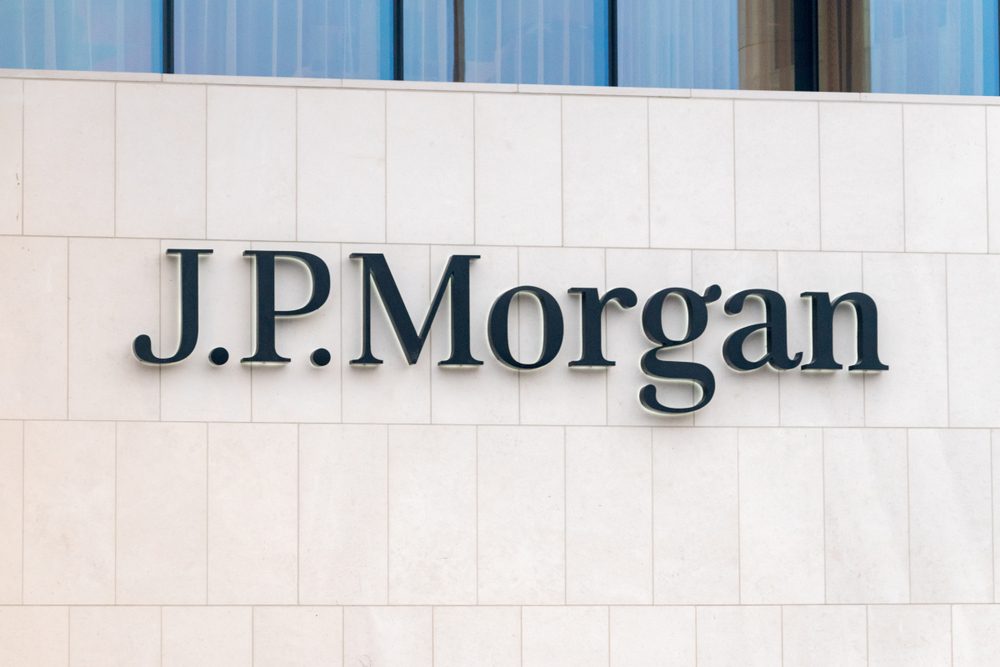First Republic Deal Beefs Up JPMorgan’s Affluent Customer Ecosystem

With a bit of government help and snapping up First Republic Bank, JPMorgan Chase continues to build out its network, crafting an ecosystem that now has a greater number of wealthier depositors in the mix.
Monday, the Federal Deposit Insurance Corp. took over First Republic and sold the company’s operations to JPMorgan, effectively putting a lid on the second-biggest banking collapse seen since the financial crisis that reshaped the banking sector beginning in 2008.
In an investor and analyst call detailing the contours and various metrics of the deal, JPM Chief Financial Officer Jeremy Barnum noted that the banking giant’s “fortress balance sheet” has allowed the company to invest through various cycles — and to grow both organically and inorganically.
We note that the deal to fold First Republic into JPMorgan’s operations is decidedly within the inorganic camp.
What Happens Now
Most immediately, there’s a swelling of the deposit base. During the fraught weeks in March that saw depositors shift their funds away from smaller banks to marquee names, clients pulled a reported $100 billion from First Republic. And now, JPMorgan gains $87.4 billion in First Republic deposits upon the deal’s closing (which eliminates a $5 billion deposit from JPMorgan and where the post-closing tally includes the $25 billion of deposits that will be repaid to large banks).
JPMorgan’s latest earnings materials show that there were $2.3 trillion in total deposits on the balance sheet, pre-FRC, and $1.1 trillion of that amount was/is tied to consumer and community banking.
All things being equal, the addition of the First Republic deposits move the needle only a bit — but Monday’s announcement represents an incremental push into key markets that, we contend, bear fruit on day one.
Presentation materials that accompanied an analyst call on Monday show that the deal “accelerates” JPMorgan’s exposure to high-net-worth clients. CFO Barnum noted on the call that the 84 First Republic branches, with a concentration in San Francisco (32 branches) and New York (13 branches), represent “attractive locations in affluent markets.” Those branches, as of Monday, are opening as JPMorgan branches.
CEO Jamie Dimon said on the call that bringing First Republic’s private wealth operations to JPMorgan will represent an attractive way for the roughly 150 brokers from First Republic to “grow their practices.” First Republic’s private wealth management platform will become part of JPMorgan Advisors.
And along the way, said Dimon, there’s the opportunity to grow JPMorgan’s northern California network and its business banking footprint. The deal is especially important because JPMorgan has gotten a waiver of government rules that have traditionally prohibited U.S. banks from housing more than 10% of deposits within the country (it was already above that threshold even before the Monday announcement).
As for the government contribution, JPMorgan Chase will make a payment of $10.7 billion to the FDIC. The FDIC will provide loss share agreements concerning most acquired loans (the loan book acquired from First Republic will stand at $150.3 billion post-closing). The FDIC has committed to covering 80% of any losses tied to First Republic single-family residential mortgage loans and commercial loan portfolios for between five to seven years.
Asked on the call what lies ahead — and whether the turmoil bedeviling regional banks might be over, Dimon said that “banks will consolidate,” that the bank runs seen through the past few weeks are “over” and that with Monday’s takeover of First Republic in place, “this is the way the system was meant to work.”

